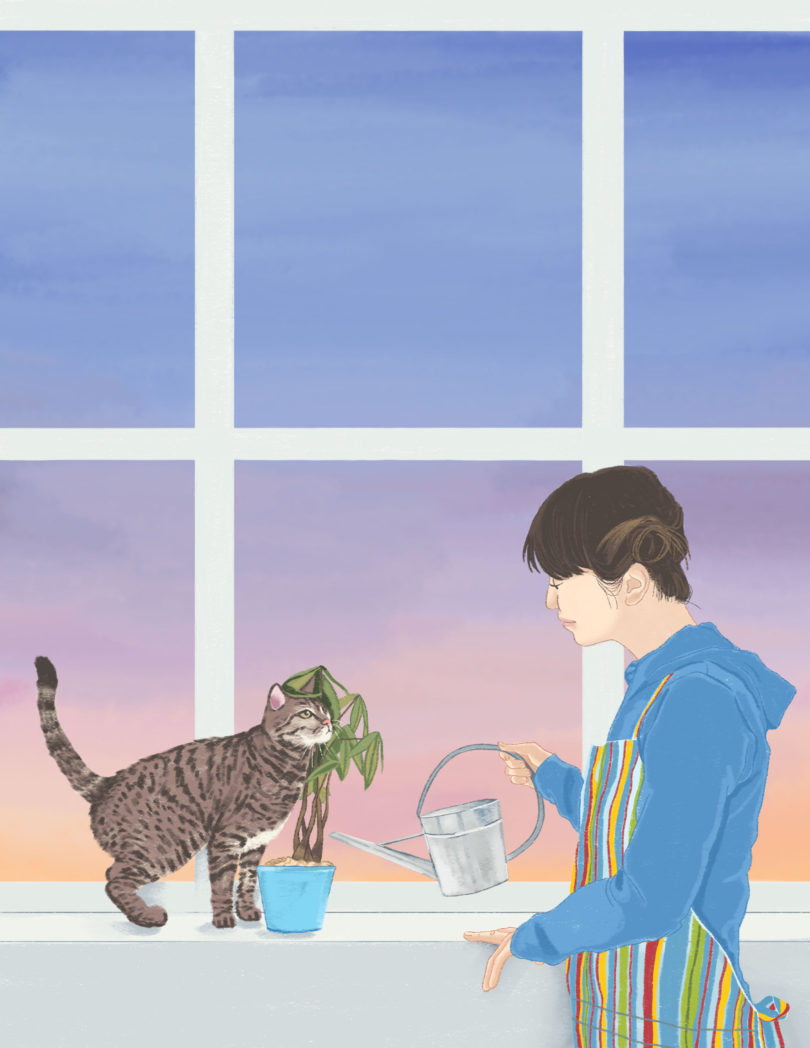The Best Houseplants for Improving the Air Around You
As spring blossoms fully this month, many of us may long to enjoy some of nature’s beauty inside our homes and workplaces as well as outdoors. Houseplants are an excellent way to do this, and in addition to adding color and texture to décor, many have health benefits as well, removing harmful gases from the air.
Even the most immaculate room may have air that is unhealthy for breathing. Furniture, upholstery, carpets, synthetic building materials and many cleaning products can all emit indoor air pollutants classified as volatile organic compounds (VOCs), which can be problematic, especially for people with respiratory illnesses. VOCs include carbon dioxide (emitted by humans) as well as other gases such as benzene, formaldehyde, toluene, ammonia and mercury. Indoor air pollutants can also include bacteria and mold, pollen and car exhaust that can seep inside, cooking fumes and second-hand smoke.
In 1989, NASA did a study with the Associated Landscape Contractors of America to determine which plants could best enhance indoor air quality. While perhaps a surprising project for a federal agency that oversees civilian space exploration and research, NASA sought to learn which plants could most benefit astronauts serving on space stations.
The NASA study found that many plants not only take in carbon dioxide as a part of the photosynthesis process through which they make their own food, they also excel at absorbing minute dust particles from many other harmful compounds in the air. A separate 2004 study found that even microorganisms in the potting soil of plants can remove airborne chemicals such as benzene.
For plants to add to your home or office, consider these, which all earned high marks in the NASA study and are comparatively easy to grow.
Peace Lily
A small but powerful air cleaner, it absorbs six different harmful gases. It flowers indoors for much of the summer and prefers a shady location and soil kept moist without overwatering.
Devil’s Ivy
This prefers bright, indirect light and is often named one of the easiest plants to grow indoors.
Spider Plant
Low maintenance and well suited for houseplant novices, it also flourishes in bright, indirect light and sends off tiny flowers that bloom into new baby spider plants.
Dracaena
Available in more than 40 varieties, this plant has long leaves often variegated with lines of white, cream or red. It is, however, toxic to dogs and cats.
Bamboo Palm
A high achiever for filtering formaldehyde, this does best in bright sun, can grow to be between 4- and 12-feet tall and is dog-and-cat friendly.
Snake Plant/Mother-in-law’s Tongue
Nearly anyone can grow this wide-leaved plant, which does well with some sun exposure and requires only occasional watering.
Boston Fern
This thrives in a cool location with high humidity and indirect light. It needs to stay moist and can benefit from a thorough soaking monthly.
If you have cats or dogs
Be sure to research any houseplant for toxicity to these animals, so your cleaner air doesn’t distress your furry companions.

